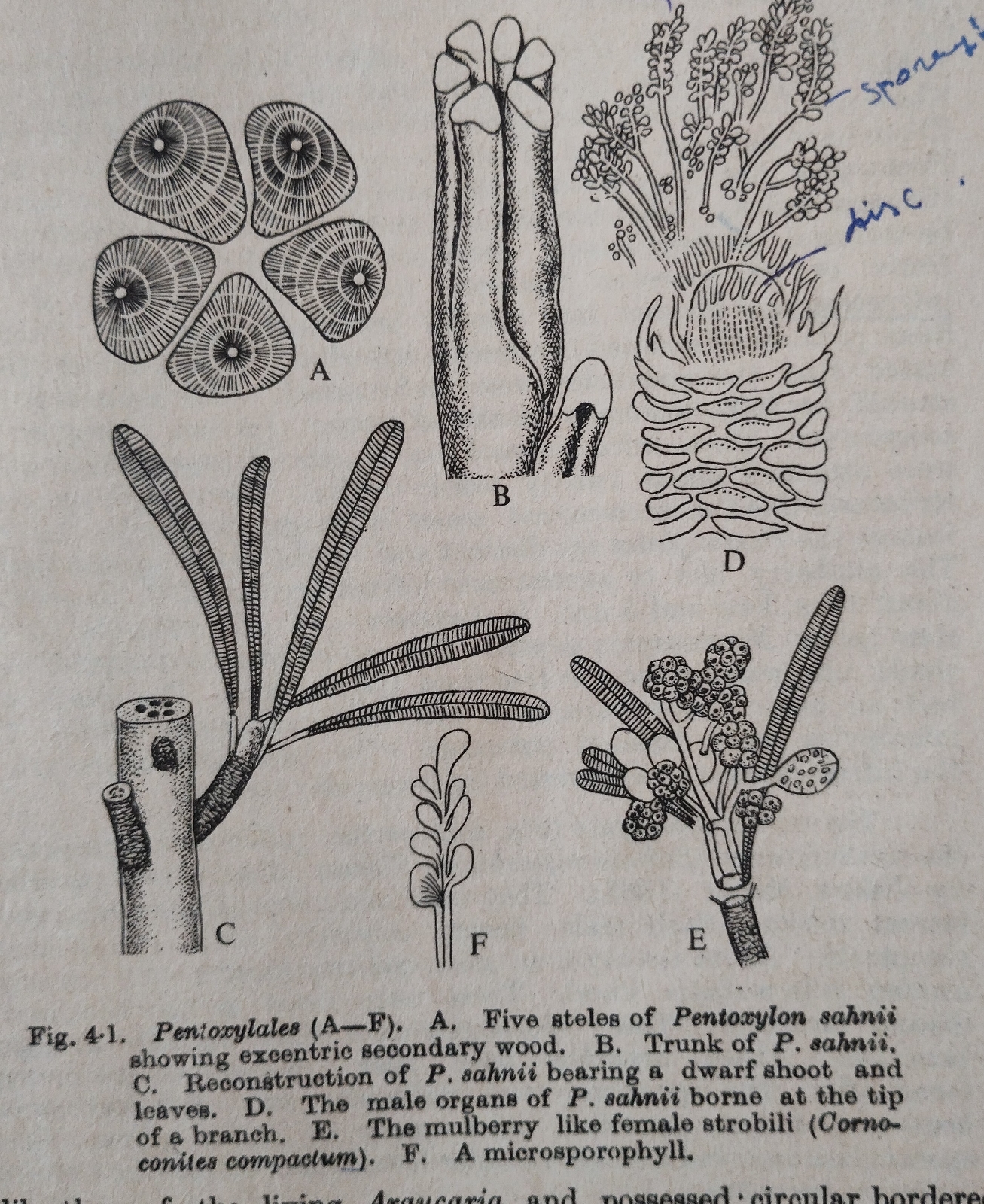Barriers & Animal distribution # Zoology 3rd Semester#Unit ll
A possible isolating mechanism (e.g. physical , biological , ecological,etc.) which prevents the dispersion or spreading of living organisms on earth is considered as a barrier .
Types of barriers:
(1) Extrinsic barriers: The barriers which works from outside of an individual's body of population are extrinsic .
These are of three types : Physiographic , Biotic & Climatic .
Physiographic barriers : Several natural , physical and geographical phenomenon act as barriers and result in irregular and discontinuous animal distribution on the earth .e.g. large water bodies, large land mass , desert , forest , mountain ranges, ice mass, atmospheric pressure, etc.
e.g. (a) Dense forest of Mexico prevented the distribution of elephants (Elephas & Mastodons ) from North America to South America during Pleistocene period .
(b) Heterosomata is deep sea dweller and never come up due to low pressure .
Biotic barriers: A large no of organisms are food specific , hence, food is considered as a barrier (e.g. red panda, giant panda , etc). Similarly , host- parasite relation , predator-prey relationships and inter - specific competition are also act as barriers .
Climatic barriers : Temperature, rainfall, solar radiation ,photoperiodism etc. also play major role in animal distribution .
(2) Intrinsic barriers:
When nature and behaviour of an animal act as barriers , then considered as intrinsic barriers . These are of four types :
Philopatry : A few animals e.g. Rovanda bird ( Zosterpos rendovae) withstand all climate in its native area and never moves.
Homing instinct : Due to this instinct most animals always return back to native area .
Parental care: A long period of parental care made the youngs to be habitated to their mother's land .
Habitat & Nitche also act as intrinsic barriers of animal distribution over the earth .
Geographical isolation is a common factor of speciation , hence, a barrier is treated as a key factor of speciation as both of these are inter-related .
A few QA
(1) What are catadromous migration and anadromous migration ?
Generally , fresh water fish and marine fish live in their respective habitat ,but, a few exceptional migration are there:
(i) Byne fish , eel fish etc. are fresh-water fish , but, during breeding time migrate to saline water , hence, catadromous .
(ii) Hilsa, sad,salmon ,etc. are marine fishes and during breeding season they migrate to fresh/sweet water from sea, hence, anadromous.
(2) What are hydrocoles, merocoles and xerocoles ?
Hyrocoles=water loving organisms.
Merocoles=organisms living in places with neither excess nor less water .
Xerocoles= organisms living in dry areas .
Important Questions
(1) What is barrier? 2/2016
(2). Discuss on different types of barriers which animal distribution. 5/2016,2018(
(3)Stete the role of barrier in discontinous distribution of animals . 3/2016
(4) SN...Physical barrier 5/2017



A barrier is a potential isolating device that prevents the dispersal of living creatures on earth. This article explains the different forms of barriers in detail, and as geographic isolation is a common cause of speciation, a barrier is viewed as a crucial feature. This life science blog really explains everything in detail, the article is very interesting and effective. Good luck with the upcoming articles.
ReplyDeleteThank you Emilla Lucy for your compliment as well as encouraging words.
ReplyDelete